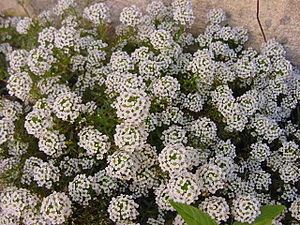[amazon_link asins=’B00POIK1DE,B00YSAMNUI,B01K8NAT1I,B07455RF1Y,B01IZZDLVG,B00POIK9PY,B0731PD6ZZ,B01FXUS0YO,B00POIJWM0′ template=’ProductCarousel’ store=’finmeacur-20′ marketplace=’US’ link_id=’eef6d8bc-8bb7-11e7-83f9-a528f843cdde’]
Botanical Name : Ajuga australis
Family : Labiatae
Genus : Ajuga
Habitat : E. Australia – New South Wales, Tasmania and Victoria. Most habitats, especially in open forests, in sandy soils in the montane zone.
Description:
Ajuga australis is a small,evergreen perennial herb growing to 0.15m. with a basal rosette of leaves and soft, erect stems. The leaves are velvety, toothed and decrease in size towards the flowers spikes. The flowers are usually deep blue or purple but pink and white forms are also known. They are around 15mm long, somewhat tubular in shape and have a short upper lip and a long, spreading lower lip. Flowers are seen mainly in spring and summer.
It is hardy to zone 6. It is in leaf all year. The flowers are hermaphrodite (have both male and female organs)
click to see the pictures..>…..(01)....(1)……..(2)…
The plant prefers light (sandy), medium (loamy) and heavy (clay) soils and requires well-drained soil. The plant prefers acid, neutral and basic (alkaline) soils. It cannot grow in the shade. It requires dry or moist soil.
Cultivation
Prefers a humus-rich, moisture retentive soil and a sunny position. Easily grown in the rock garden, it spreads rapidly by root suckers.
Propagation
Seed – sow spring or autumn in the open border. Division in spring.
Medicinal Uses
Salve.
The leaves are used as a salve for wounds and also in the treatment of boils and sores.
Other Uses
Ground cover.
Plants can be used for ground cover.
Resources:
http://www.pfaf.org/database/plants.php?Ajuga+australis
http://asgap.org.au/a-aus.html
http://asgap.org.au/APOL11/sep98_1b.html










![Reblog this post [with Zemanta]](https://i0.wp.com/img.zemanta.com/reblog_e.png?w=580)

































